About Cobh, Ireland
Cobh, known from 1849 until 1920 as Queenstown, is a tourist seaport
town on the south coast of County Cork, Ireland. Cobh is on the south
side of Great Island in Cork Harbour and is home to Ireland’s only
dedicated cruise terminal. Tourism in the area draws on the maritime
and emigration legacy of the town – including its association with the
RMS Titanic. Facing the town are Spike Island and Haulbowline Island,
and on a high point in the town stands St Colman’s Cathedral, one of
the tallest buildings in Ireland and seat of the diocese of Cloyne.
Plan and Book:

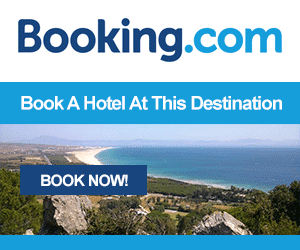

Overview
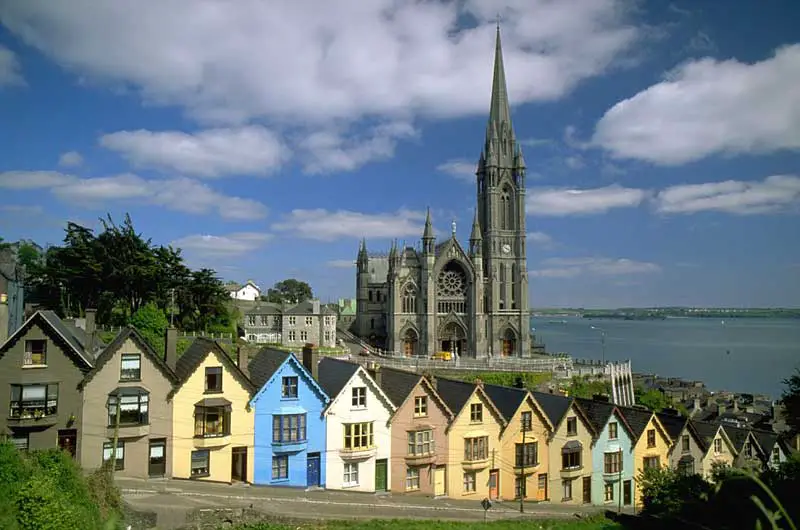
Dominated by a mighty neo-gothic cathedral, Cobh – pronounced “Cove”
– lies on the Great Island, one of three islands in Cork harbor linked
by roads and bridges. The small town is the gateway to County Cork and
has one of the world’s largest natural harbors.
Originally called Queenstown to commemorate a visit in 1849 by Her
Majesty Queen Victoria, Cobh has a sprinkling of brightly colored
houses and steep, winding streets leading to the center. However the
center itself is quite flat with a waterside park and varied selection
of bars, shops, cafes and restaurants. Monuments — to sporting
legends, Antarctic explorers, emigrants and Maritime tragedies,
including the sinking of the Lusitania and the Titanic — are
everywhere you look.
This town has a sad history. It was the last port of call of the
Titanic on her maiden voyage from Southampton to New York in 1912; a
museum opened in 2012 to commemorate the voyage’s centenary. It was
also where many victims and survivors from the Lusitania tragedy were
brought ashore. For thousands of mostly penniless emigrants, Cobh was
the last sight of their homeland as they left to build a new life,
especially in the famine years of 1844 to 1848. Although some thrived
and prospered, many more died on the journey in the terrible traveling
conditions of the time.
Cobh developed as a popular seaside resort in the early 19th century,
and the town’s fame was further boosted in 1838 when the first
transatlantic steamer, Sirius, crossed to America in 18 days.
Nowadays, Cobh is always busy with visitors; about 60 cruise ships call on the port each year.
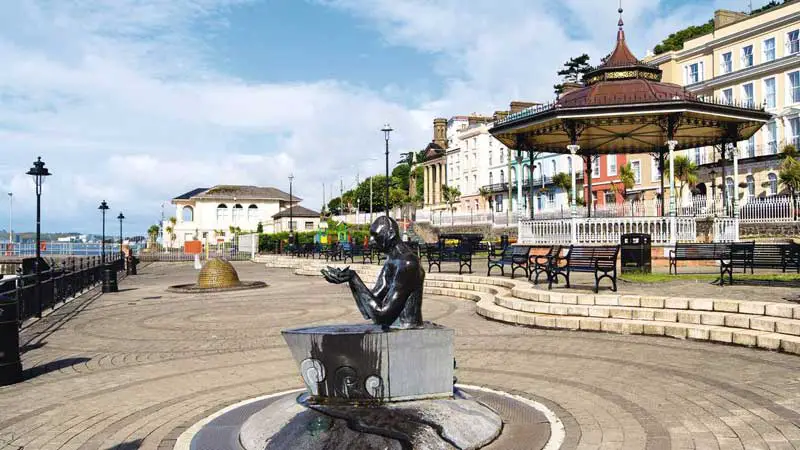
Attractions and Activities
Tourism is a large employer in Cobh. Large cruise liners visit Cobh
each year, mainly during the summer months, although many of the
tourists are transported out of Cobh by bus to other tourist
destinations. In all, almost 100,000 cruise liner passengers and crew
arrive in the town each year when their ships berth right in the centre
of the town at Ireland’s only dedicated cruise terminal. Tourist
attractions are focused on the maritime and emigration legacy of the
town and include the Queenstown Story at the Cobh Heritage Centre,
Titanic Experience, Titanic Trail walking tour, Cobh Museum, Cobh Road
Train, Spike Island tours and St Colman’s Cathedral. The town has
remained largely unchanged since RMS Titanic departed from Cork Harbour
in 1912, with the streetscape and piers still much the same. Facing the
town are Spike Island and Haulbowline Island. The latter is the
headquarters of the Irish Naval Service, formerly a British naval base.
The Sirius Arts Centre is a hub for the arts in Cobh and is located on
the waterfront. It hosts cultural events and music concerts both
in-house and around Cobh.
The Cobh Peoples Regatta is held every year around August, and a
cultural highlight of the summer.[citation needed] The event includes
on-stage performances from local musicians and performers as well as a
pageant to decide the ‘Regatta Queen’. The festival typically ends with
a fireworks display over the harbour, and attracts up to 20,000 people.
Surrounding Area
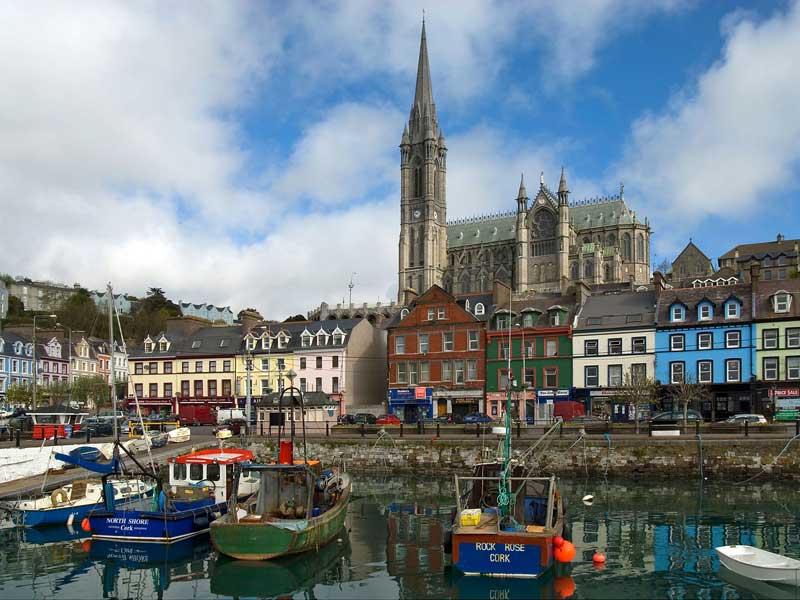
Cork
With a population of around 200,000, Cork is the second largest city
in the Republic of Ireland, and the third largest on the island of
Ireland once Belfast in the north is included. Cork is situated on the
banks of the River Lee in the south of the country. The River Lee flows
from West to East, and outside of the centre, hills rise steeply to the
Northside, while the Southside is that bit flatter but still hilly in
parts. St. Anne’s Church watches over Shandon, just to the North of the
river. The University is about 2km to the west of the centre. Cork has
a small city centre and is entirely walkable. Most visitors will most
likely be staying, eating, drinking and touring in the city centre and
would not need to use public transport. Cork Vision Centre, housed in a
former church on North Main Street, has a large scale model of the
city, hosts artistic exhibitions and has plentiful free tourist info
which should help your understanding. Free admission.
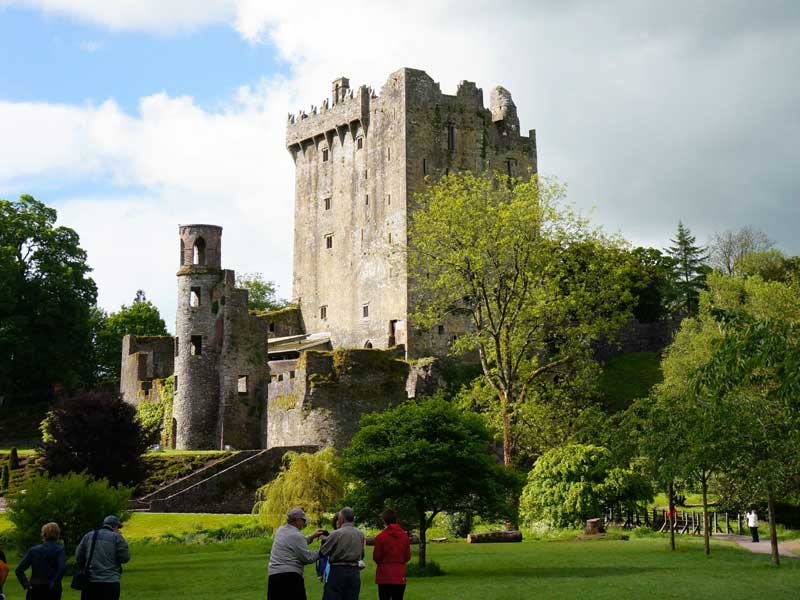
Blarney Castle
The world-famous Blarney Castle is also in County Cork, 6km
north-west of Cork city. Blarney Castle is an old ruin famous for the
Blarney stone that supposedly gives the gift of eloquence to all those
who kiss it. You have to bend over backwards on the top of the castle
to kiss it. It is all very touristy, you can even buy a certificate to
prove you kissed the stone. But the surroundings are really nice. It is
situated just on the periphery of Blarney village which is a few miles
outside Cork City.Though it’s believed a settlement was established
here as early as the 10th Century, the castle was built around 1446 for
the MacCarthy Chieftains of Munster. The MacCarthys had influence over
Blarney and Munster throughout the many centuries of Anglo-Irish
conflict until the defeat of the old Irish nobles by the forces of King
William of Orange at the Battle of the Boyne in 1690. At this point,
the Lord of Blarney was exiled and the castle was abandoned. Outside of
the castle walls, the surrounding gardens are particularly beautiful.
The castle sits on 60 acres of parklands, including six different
garden exhibits. You can go there on buses from Cork or take the
Blarney sightseeing bus from the bus station in Cork. There are Taxi
ranks located at tne train station, Airport and throughout the city.
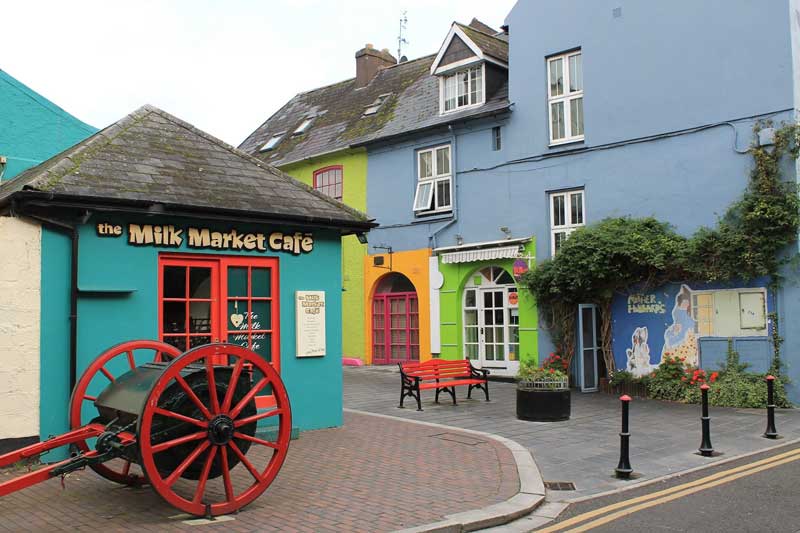
Kinsale
50 km to the west is the charming and equally maritime-historic
village of Kinsale. Kinsale is situated in the estuary of the river
Bandon, nestling among hills that hide it from the open sea. Because of
its situation it is a historic port and is still very popular with
pleasure sailors and anglers. Two forts guard the approach to the sea
and one of the most significant battles in Irish History was fought
here. The battle was in 1601 and was fought when an Irish army had
traveled from the north of Ireland to relieve an English siege on the
town that was held by the Spanish. Against the odds the Irish lost the
battle, and this defeat marked the end of the ancient Gaelic
aristocracy in Ireland. In addition to its visual charms, the town has
become a home of good food, especially seafood, and holds an annual
festival to celebrate.
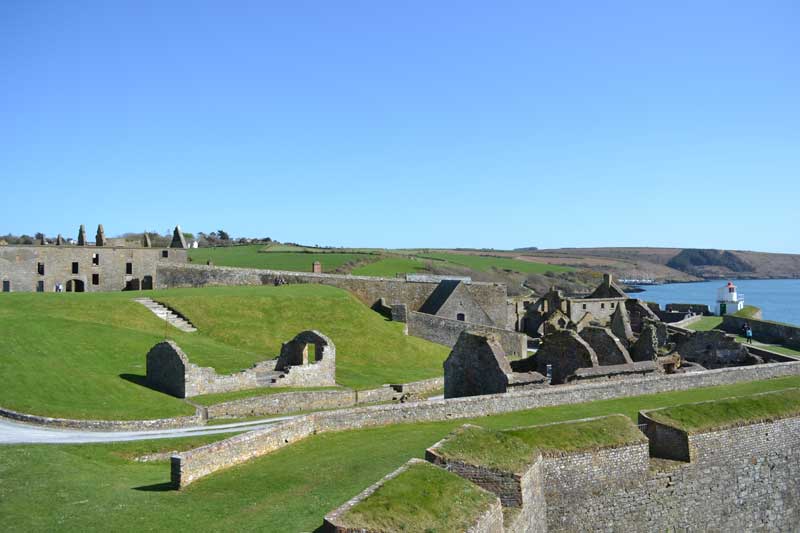
Charles Fort, a kilometre south of town in Summercove, is a 17th
century star shaped fort, which is very well preserved and has seen
very little military action. James Fort, 3 km south of town on Pier
Road, is an older fort and is on the other side of the river and in
much poorer condition. On the west shore of the bay. Desmond Castle, on
Cork Street, was built circa 1500 by the Earl of Desmond as a custom
house, this is a well-preserved tower house. The Castle is known
locally as the French Prison following a fire in which 54 French
prisoners died in 1747. The building was later used as an auxillary
workhouse during the Famine.
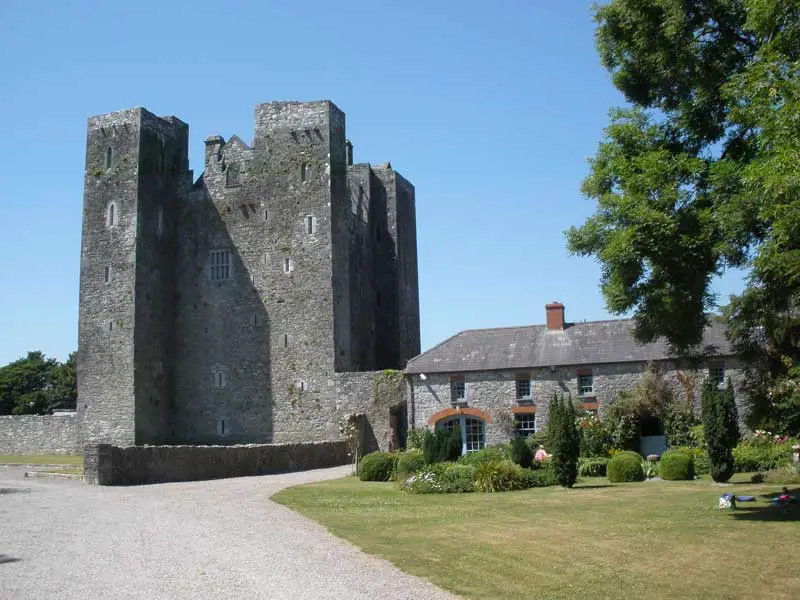
Barryscourt Castle
Barryscourt Castle is a medieval castle near Carrigtwohill about 8
km from Cobh. It was the seat of the Barry family who owned much of the
land around the area from the 12th to the 17th centuries. It features a
tower house and extensions from several different periods. Open to
public during summer months, the ground floor contains an exhibition on
the history of the Barry family and Barryscourt Castle.
Design by W3layouts
